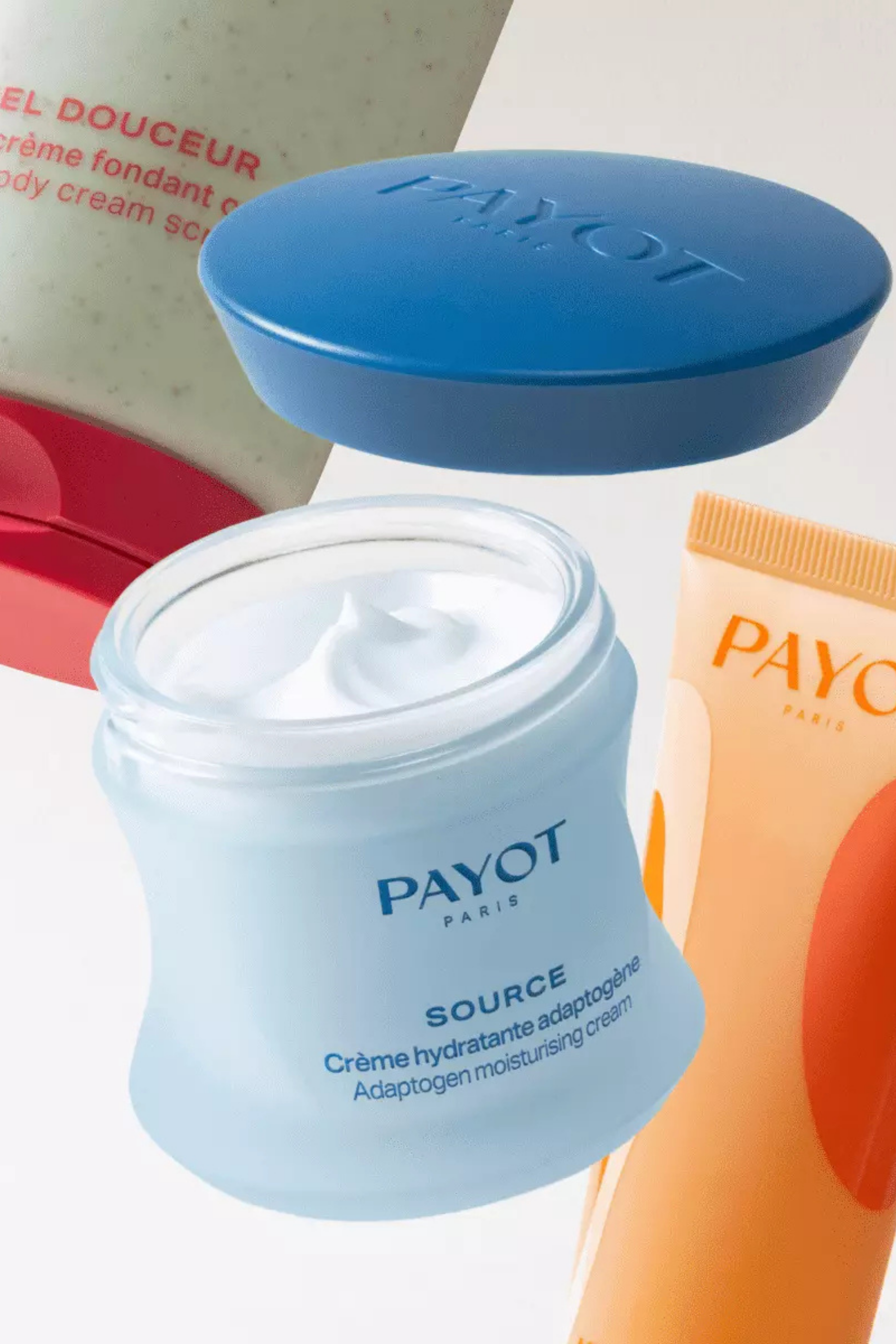In the era of clean beauty, effectiveness is no longer the sole criterion for selecting a product. Consumers are increasingly checking the composition of the products they buy, scrutinizing their naturalness, key active ingredients, and the presence of problematic ingredients. Unsurprisingly, beauty packaging is following the same approach, and brands are increasingly expected to offer sustainable, eco-designed, and more environmentally friendly packaging.
What is sustainable packaging?
In a context of major environmental issues highlighting resource depletion, soil and ocean pollution, and excessive waste generation, packaging must reinvent itself. Antonym for disposable and single-use plastic, sustainable packaging aims to minimize its impact on the environment. Each stage of its life cycle—design, manufacturing, distribution, lifespan, and end-of-life—uses environmental resources in an optimized and reasoned manner, with a focus on continuous improvement. A true challenge in the service of the ecological transition, sustainable packaging allows us to reduce, recycle, and reuse.
In this sense, sustainable packaging limits over-packaging by eliminating the superfluous and designing only what is strictly necessary. The beauty sector is thus seeing the emergence of new alternatives such as bulk, refills, and large formats. Sustainable packaging is recyclable and/or made from recycled materials. It limits the generation of new waste and allows for the revaluation of raw materials. Cardboard remains the preferred material for sustainable packaging. Very easy to recycle, it is broken down to become paper pulp and then transformed back into cardboard. Sustainable packaging can be reused for the same purpose or for other purposes, particularly through the rise of tote bags and the resurgence of the deposit system.
What is the purpose of beauty product packaging?
Packaging refers to all the techniques used to wrap and package a cosmetic product. Packaging is the primary envelope of the product (a jar of cream), while packaging is the additional container used to store and transport the product. The packaging of a beauty product serves to facilitate its use and to contain it. It also aims to protect the product for hygiene and safety reasons, to prevent deterioration and preserve the health of consumers. For example, some active ingredients need to be kept in opaque packaging to protect them from light.
At the same time, packaging is the first thing a consumer sees when looking for a cosmetic product. The appearance of the packaging therefore plays a key role in generating the desire to purchase. Its design must be meticulous and reflect the brand's visual identity through a unique choice of colors and textures. The size and shape of the packaging must also perfectly fit the product and make the brand identifiable.
Focus on the new Payot packaging
Between 2022 and 2023, Payot completely redesigned its packaging and brand identity. Leslie David, a talented woman who has already inspired numerous fashion and beauty brands, revisited the Payot logo to more vividly reflect the house's values. The new Payot packaging, instantly recognizable thanks to its iconic shape, blends heritage and modernity. The jars are now made from recyclable glass and contain 20% recycled glass, the plastic tubes and bottles contain up to 50% recycled plastic, and the slimcaps have been made lighter. Secondary packaging features a new, fully recycled cardboard grade. It is no longer varnished, and the silver lamination has been abandoned. Generally, Payot packaging is sourced in France and Europe.
Furthermore, the content on the packaging has been streamlined. It is more engaging, educational, and transparent for consumers. Product descriptions are simplified, while the product's natural content and key ingredients are highlighted. Sorting instructions are also clearly indicated on the packaging. These actions reflect our commitment to doing our part for women and the planet, and that's not all: we're aiming for plastic neutrality by 2030!

